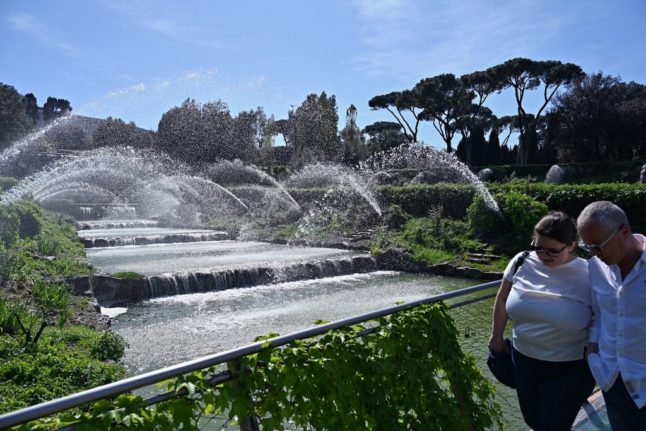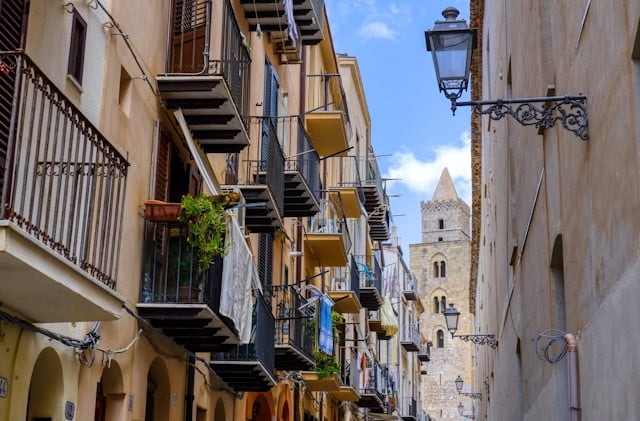If you’re looking to relocate to Italy as a non-EU national without close family ties or a job offer from an Italian employer, you’ll likely have come across the elective residency visa, or ERV.
The ERV is the Italian visa best suited to many applicants, with a relatively low minimum income threshold and few other strict barriers to entry. But does it allow you to work and receive a salary once you arrive in Italy?
The short answer is no: Italy’s elective residency visa is specifically designed for people who want to move to Italy without working.
Applicants for the ERV must meet a passive income requirement of at least €31,000 per person per year or €38,000 for married couples, plus five percent per dependent minor.
READ ALSO: Five expert tips for getting your Italian elective residency visa approved
The key is in that word ‘passive’ – while annuities, pensions and rental income all count, you can’t receive an active income from work while on the visa.
Italy’s unemployment rate is one of the highest in Europe, so the government is very careful to protect the domestic jobs market (which is why many were surprised when parliament last month approved a digital nomad visa that does allow foreigners to work from Italy, in theory for Italian employers).
READ ALSO: How easy is it to get Italy’s new digital nomad visa?
That means the vast majority of the people who move to Italy on the ERV are retirees in their 60’s or older.
Of course, that doesn’t mean that there won’t be some people who try to get around the rules by working under the table or remotely.
But if caught, you’d be found to be in breach of the terms of your visa and face being kicked out of the country – so it’s safest to follow the rules.
Read more about the ERV and other visa options in The Local’s Italian visa section.



 Please whitelist us to continue reading.
Please whitelist us to continue reading.
Member comments